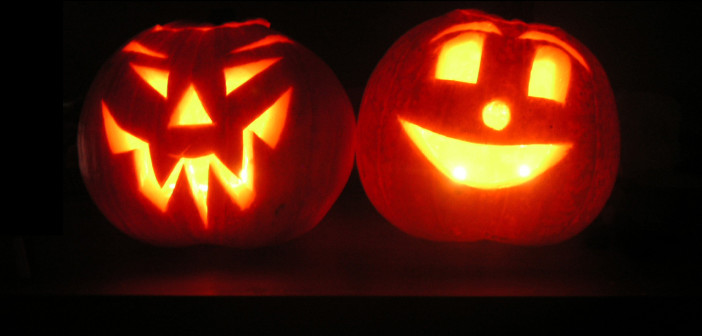Jessica Pacetti
Staff Writer
It’s the night when the ghosts and goblins run wild and witches can be seen soaring on their brooms across the night sky. An evening filled with haunting tales and sweet candy treats for all to enjoy. It’s Halloween.
Halloween has become a common holiday filled with trick-or-treating, partaking in haunted houses, and dressing up in costumes. However it’s the origin and truths behind the traditions of Halloween that have become lost over time. Most Halloween traditions are fairly new, while some have been modified or became myths over time.
Samhain, the true Halloween:
Dating back to nearly 2,000 years ago, Samhain, meaning End of Summer, was the pre-Christian Celtic festival that occurred on October 31. Samhain was the biggest and most significant holiday of the Celtic year, for it marked the end of summer (October 31) and the beginning of the New Year and winter, (November 1). It is the third and final Harvest. The Celtics also believed that on October 31 the boundaries between the worlds of the living and the dead thinned, allowing the dead to mingle in the world of the living. Bonfires were lit to honor the dead, to aid them on their journey, and to ward off any evil spirits.
Turnips, the original jack-o’-lanterns:
Jack-o’-lanterns originated from the Irish tale of a man named Stingy Jack who tricked the Devil so many times in his life that when he died neither God nor the Devil allowed him to come into their lands. The Devil gave Jack a burning coal to light his way. Jack put the coal in a carved-out turnip and has been roaming the Earth ever since. The Irish refer to the ghostly figure as “Jack of the Lantern” aka “Jack O’Lantern.” In Ireland and Scotland, people made their own versions of Jack’s lanterns by carving scary faces into turnips or potatoes and placing them in windows or doorways to scare away Jack’s ghost and other evil spirits. When the Irish immigrated to the US, they brought the tradition of jack-o’-lanterns. Since pumpkins were more common and easier to get a hold of than turnips, pumpkins became more common to carve.
Trick-or-treating, a time for the “soulers”:
Trick-or-treating is actually not that old of a Halloween tradition. Instead, the original “trick-or-treating” dates back to the Middle-Ages and was called souling. Children and poor people would dress up in costumes and go around to houses begging for food or money in exchange for prayers or songs for the dead. The tradition of modern trick-or-treating did not emerge until the 1920s-30s when communities wanted to find a day to end the rowdy Halloween pranks. It had to pause due to WWII and the sugar rations. Trick-or-treating did not become common until the 1950s with the baby boomers in America. It was not until the 1980s that trick-or-treating travelled across the Atlantic.
Witches and broomsticks stem from medieval myths:
The common image of a witch stems from the pagan goddess known as “the crone.” The crone is from the set of the three pagan goddesses – the maiden, the mother, and the crone. The crone, also known as the old one, was honored during Samhain and represented the Earth mother and symbolized wisdom, change, and the turning of the seasons. However, over the centuries the image of the old crone was turned into the cackling witch. The witch’s broomstick stems from the medieval myth of the elderly women who were accused of witchcraft. These women were poor and could not afford horses. So to navigate through the woods they used a walking stick, which was sometimes substituted by a broom.

